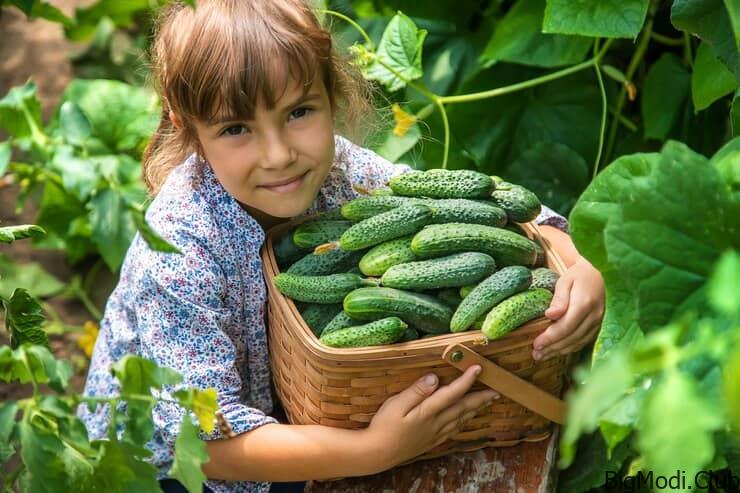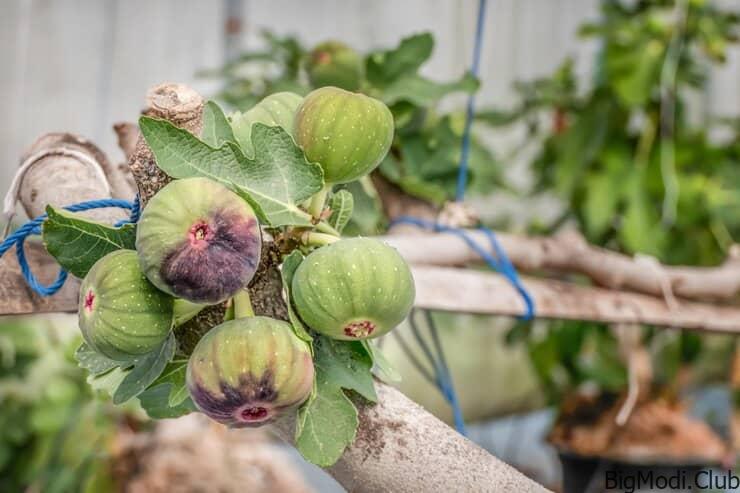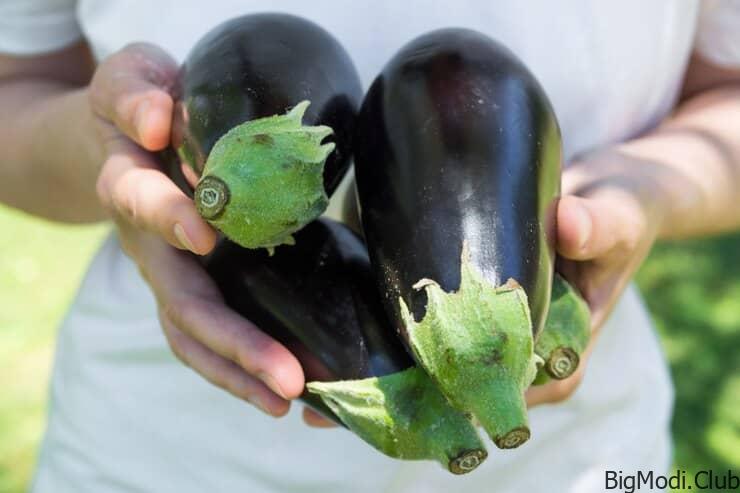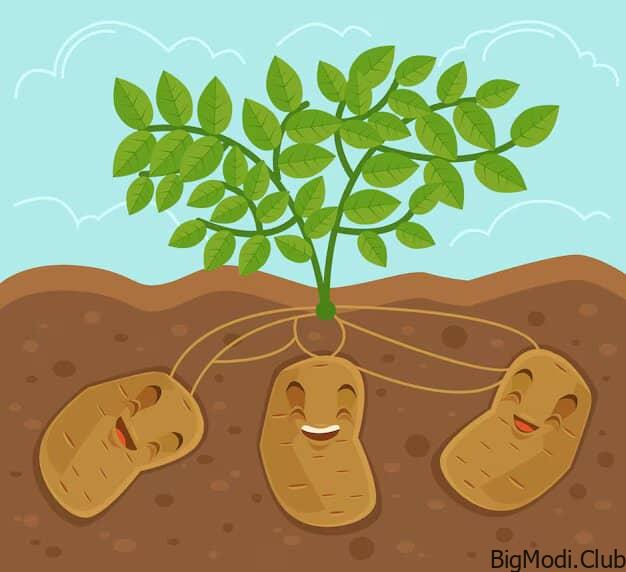At the heart of every thriving summer garden lies the promise of a bountiful cucumber harvest. Cucumbers are not just a staple in the culinary world but also a delight to cultivate. In this comprehensive guide, we’ll delve into the best methods for nurturing your cucumber plants to yield large, crunchy fruits that will delight your family all summer long.
Selecting the Perfect Varieties for Your Garden
Choosing the Right Cucumber Varieties
The foundation of a successful cucumber harvest begins with selecting the appropriate varieties for your garden. Opt for varieties such as the English cucumber, known for its long, slender shape and crisp texture, or the burpless cucumber, which is mild-tasting and easy to digest. Additionally, consider pickling cucumbers if you have a penchant for homemade pickles.
Creating the Ideal Growing Environment
Providing Adequate Sunlight and Soil Conditions
Cucumbers thrive in warm, sunny environments with well-drained soil rich in organic matter. Ensure your chosen planting site receives at least 6-8 hours of sunlight daily and amend the soil with compost to improve fertility and drainage.
Implementing Proper Spacing and Support Structures
When planting cucumbers, allow ample spacing between each plant to facilitate airflow and prevent disease. Consider installing trellises or stakes to support the vines and encourage vertical growth, maximizing space efficiency in your garden.
Nurturing Your Cucumber Plants
Watering and Fertilizing for Optimal Growth
Consistent moisture is essential for cucumber plants, particularly during the flowering and fruiting stages. Water deeply and regularly, ensuring the soil remains consistently moist but not waterlogged. Supplement with a balanced fertilizer every 2-3 weeks to provide essential nutrients for vigorous growth and fruit development.
Pruning and Thinning for Enhanced Yield
Pruning is a crucial practice for promoting airflow and reducing the risk of disease in cucumber plants. Regularly remove any yellowing or diseased leaves, as well as excess foliage to redirect energy towards fruit production. Additionally, thin out overcrowded fruits to allow remaining cucumbers to reach their full size.
Pest and Disease Management
Identifying and Addressing Common Pests
Keep a vigilant eye for common pests such as aphids, cucumber beetles, and spider mites, which can wreak havoc on your cucumber plants. Implement natural pest control methods such as introducing beneficial insects or using insecticidal soaps to deter unwanted pests without harming beneficial pollinators.
Preventing and Managing Diseases
Cucumbers are susceptible to various diseases including powdery mildew, downy mildew, and bacterial wilt. To prevent the spread of disease, practice crop rotation, avoid overhead watering, and promptly remove and destroy any infected plants or debris from the garden.
Harvesting and Enjoying the Fruits of Your Labor
Knowing When to Harvest
Harvest cucumbers when they reach their mature size, typically 6-8 inches in length, depending on the variety. Use a sharp knife or shears to cut the fruits from the vine, taking care not to damage the plant.
Enjoying Fresh Cucumbers and Preserving the Harvest
There’s nothing quite like the taste of a freshly picked cucumber straight from the garden. Slice them for salads, sandwiches, or enjoy them as a refreshing snack. If you find yourself with an abundance of cucumbers, consider pickling or preserving them to enjoy their crisp flavor throughout the year.
With the right care and attention, growing cucumbers can be a rewarding endeavor that yields a bounty of fresh, flavorful fruits for your family to enjoy. By following these proven methods for nurturing your cucumber plants, you’ll be well on your way to a successful harvest and a summer filled with crunchy goodness.



